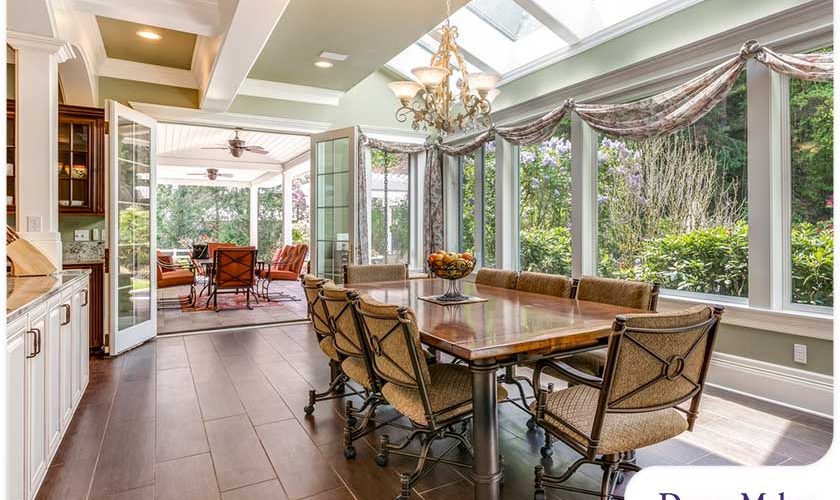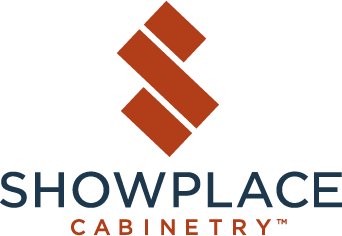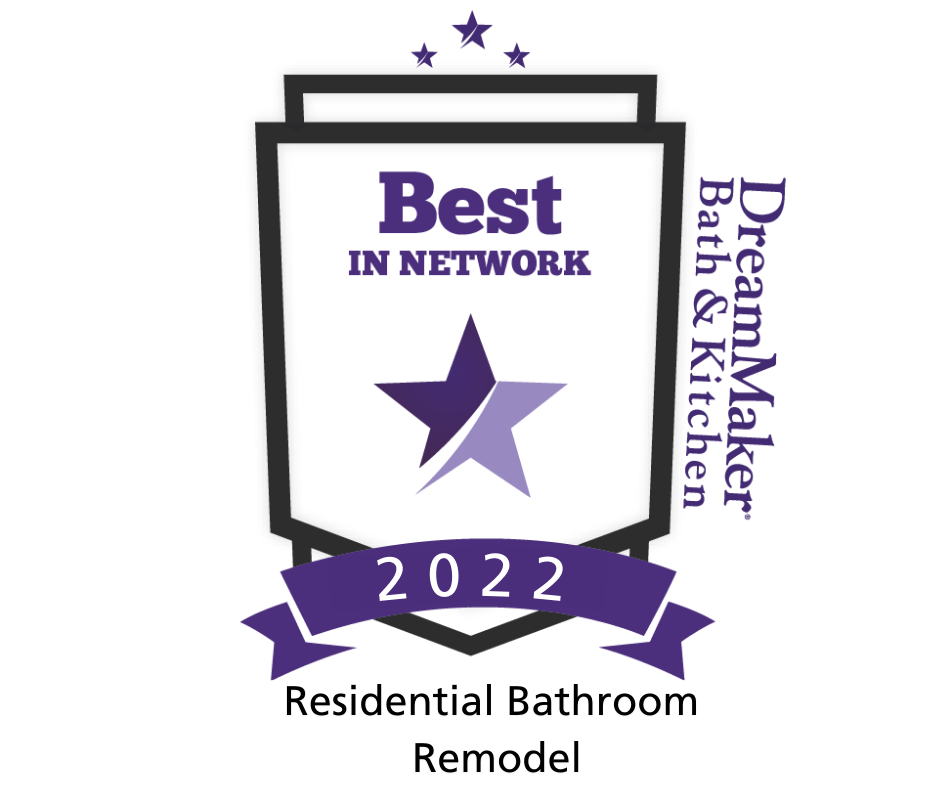
Multigenerational households have two or more adult generations living together. This setup is on the rise as of late – about 20% of the U.S. population lived in such homes in recent years. Designing spaces to house grandparents and grandchildren under one roof, however, can be a challenge. To achieve this, you need to consider factors such as privacy and independence. Modifying a home’s structure and changing the layout of existing spaces can accommodate the needs of everyone.
So, what are the home design solutions that can help make multigenerational living easier? Accessible remodeling contractor DreamMaker Bath & Kitchen of Reno shares five of them here.
Family-Friendly Solutions to Consider
1. Bedrooms on Every Floor
Bedrooms can be on multiple floors to ensure privacy and minimize awkward situations brought about by rooms that are next to each other. If you live with senior family members, make sure their bedrooms are located on the first floor so they don’t have to climb stairs. Kids and teens can have their sleeping quarters on the upper floors or in the basement, depending on the amount of space your home has.
2. Multiple Dedicated Living Spaces
To ensure everyone has space for their daily activities, consider creating dedicated living areas for each generation. A playroom allows kids to have noisy fun with toys and games. A family room, meanwhile, is where adults can relax during their downtime. Like the bedroom solution discussed above, the creation of distinct living spaces helps promote a sense of privacy.
3. Separate Entrances
How each generation enters your home should also be considered when designing spaces for multigenerational living. Establishing separate entrances works if there’s not a lot of overlap between members who wake up early and come in late from work. In addition to reducing foot traffic, this can also help instill a sense of independence. You can have one entrance at the front of your home, another at the back and one on the side that leads to the basement.
4. Home Additions
This solution works if you want to increase your home’s square footage. You can either extend one side of the house to add more floor space or build an addition with its own entrance. For some families, adding an ADU (or accessory dwelling unit) on the property makes multigenerational living easier. It is also known as a granny flat, and it can separately house members of an extended family. Make sure to work with a remodeler who can help you determine the right type of home addition that works best for your situation and provide an accurate home remodel estimate for each option.
5. Accessibility Features
Accessibility should be top-of-mind when designing a multigenerational home with elderly family members. They may be getting around well now, but their mobility and other functions might be reduced in the future, which is why you should plan early on. Widening doorways and installing ramps at entryways are some of the changes that can benefit wheelchair users. Consider a more open layout for seniors to more easily navigate indoors. Adding grab bars and turning a shower into a curbless one ensures safety when using the bathroom.
Let&’s Start a Conversation!
Still scouring the internet for a “cremodeler near me“? With DreamMaker Bath & Kitchen of Reno, you don’t have to! Count on our team of experienced designers to work with you to plan a remodel that will serve a multigenerational household well. Call us today at (775) 522-7888 or fill out our contact form to schedule an appointment. We proudly serve homeowners in Reno, Sparks, Incline Village, Spanish Springs, Verdi, Truckee, Lake Tahoe and Carson City.








